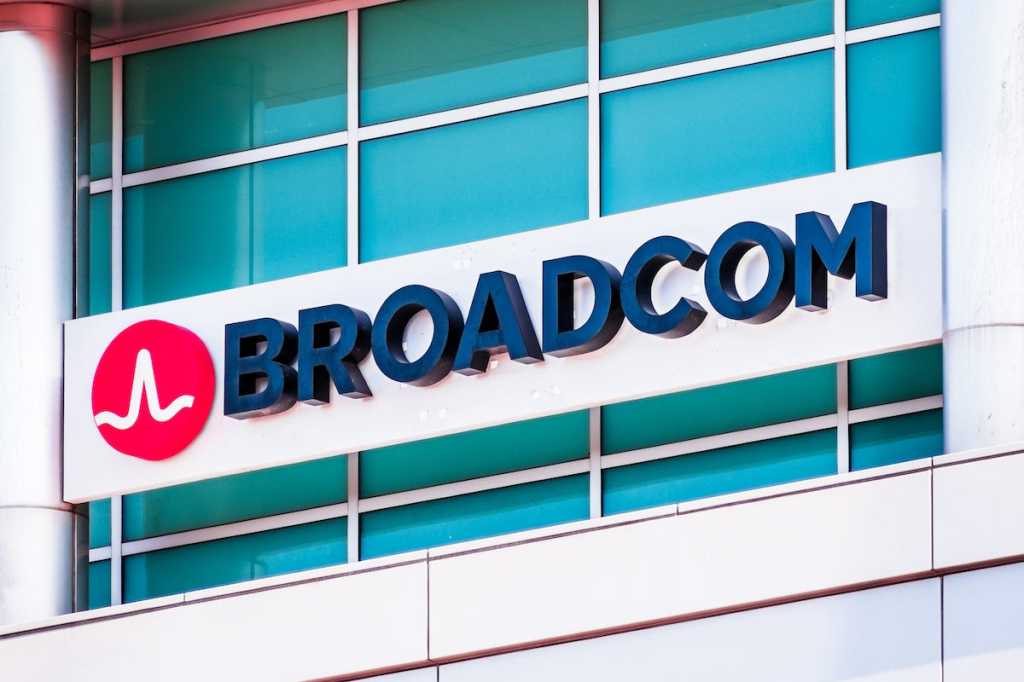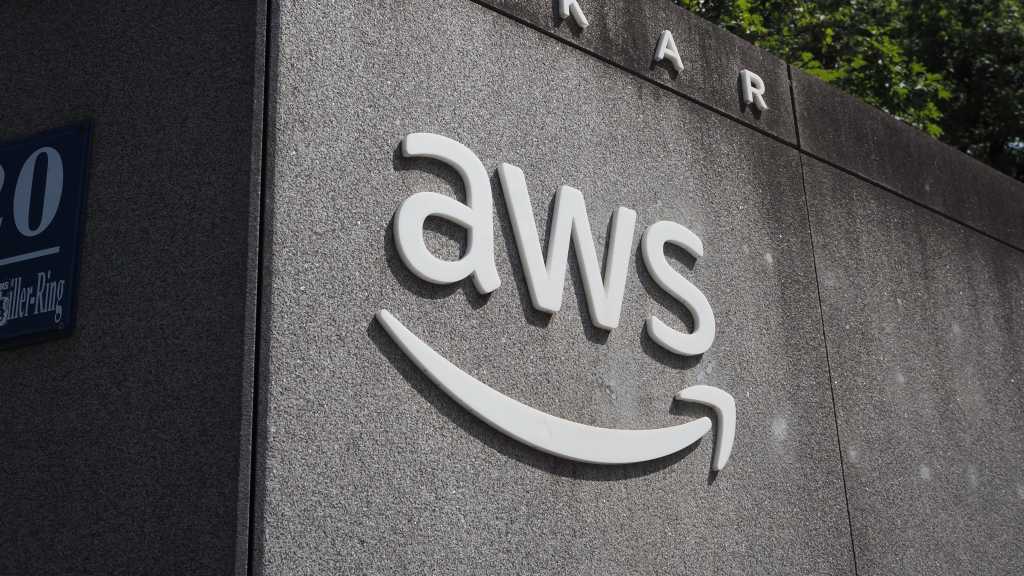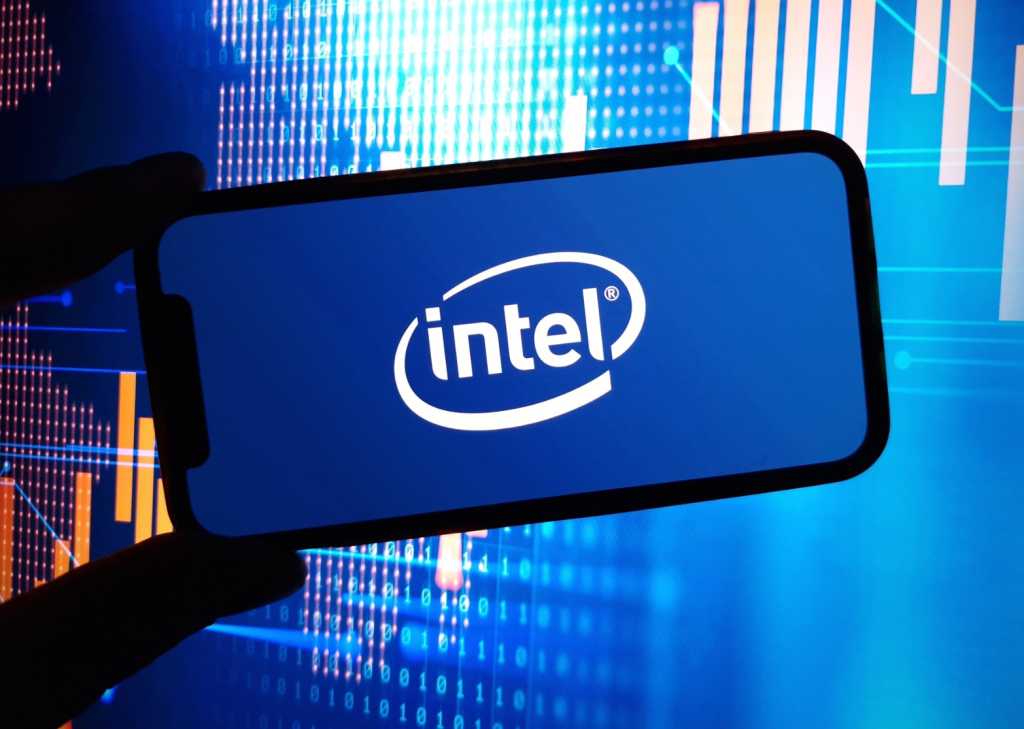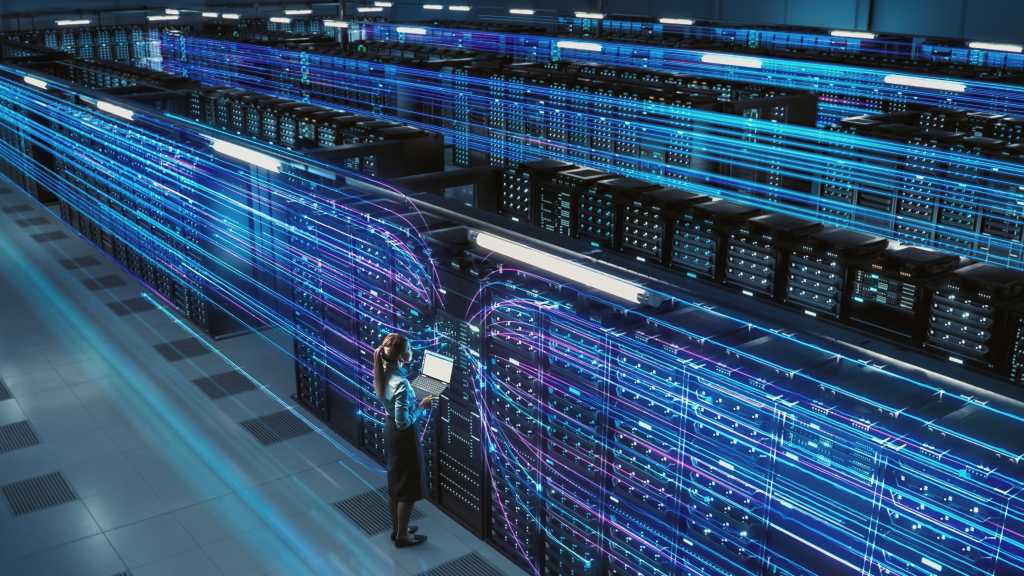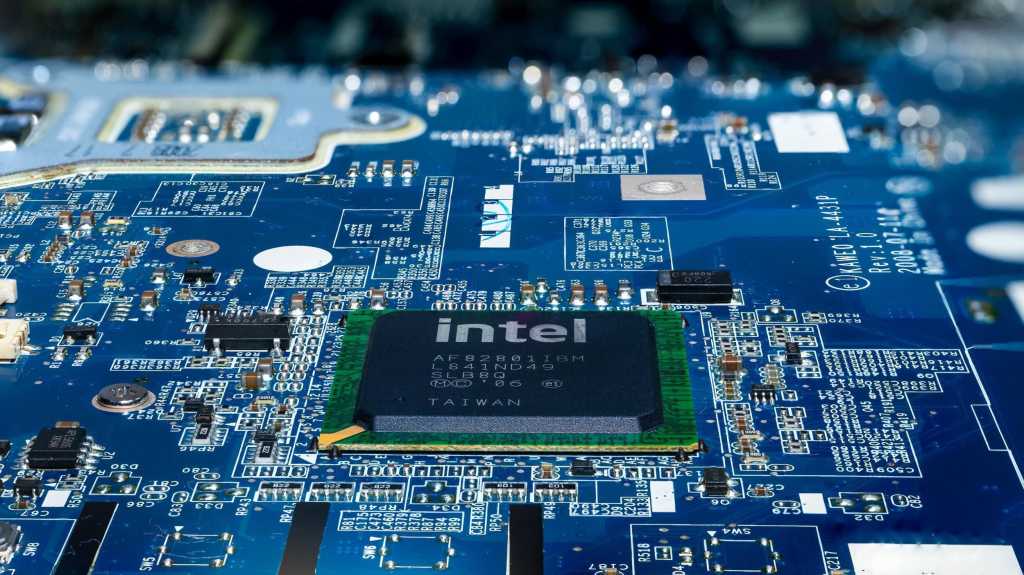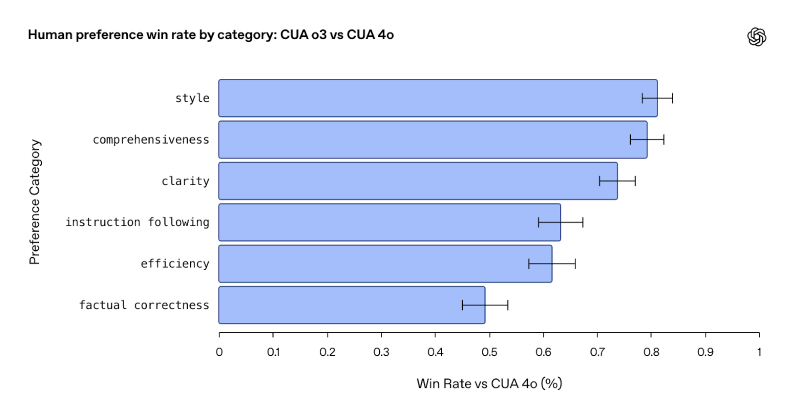Join our daily and weekly newsletters for the latest updates and exclusive content on industry-leading AI coverage. Learn More
We’re seeing AI evolve fast. It’s no longer just about building a single, super-smart model. The real power, and the exciting frontier, lies in getting multiple specialized AI agents to work together. Think of them as a team of expert colleagues, each with their own skills — one analyzes data, another interacts with customers, a third manages logistics, and so on. Getting this team to collaborate seamlessly, as envisioned by various industry discussions and enabled by modern platforms, is where the magic happens.
But let’s be real: Coordinating a bunch of independent, sometimes quirky, AI agents is hard. It’s not just building cool individual agents; it’s the messy middle bit — the orchestration — that can make or break the system. When you have agents that are relying on each other, acting asynchronously and potentially failing independently, you’re not just building software; you’re conducting a complex orchestra. This is where solid architectural blueprints come in. We need patterns designed for reliability and scale right from the start.
The knotty problem of agent collaboration
Why is orchestrating multi-agent systems such a challenge? Well, for starters:
- They’re independent: Unlike functions being called in a program, agents often have their own internal loops, goals and states. They don’t just wait patiently for instructions.
- Communication gets complicated: It’s not just Agent A talking to Agent B. Agent A might broadcast info Agent C and D care about, while Agent B is waiting for a signal from E before telling F something.
- They need to have a shared brain (state): How do they all agree on the “truth” of what’s happening? If Agent A updates a record, how does Agent B know about it reliably and quickly? Stale or conflicting information is a killer.
- Failure is inevitable: An agent crashes. A message gets lost. An external service call times out. When one part of the system falls over, you don’t want the whole thing grinding to a halt or, worse, doing the wrong thing.
- Consistency can be difficult: How do you ensure that a complex, multi-step process involving several agents actually reaches a valid final state? This isn’t easy when operations are distributed and asynchronous.
Simply put, the combinatorial complexity explodes as you add more agents and interactions. Without a solid plan, debugging becomes a nightmare, and the system feels fragile.
Picking your orchestration playbook
How you decide agents coordinate their work is perhaps the most fundamental architectural choice. Here are a few frameworks:
- The conductor (hierarchical): This is like a traditional symphony orchestra. You have a main orchestrator (the conductor) that dictates the flow, tells specific agents (musicians) when to perform their piece, and brings it all together.
- This allows for: Clear workflows, execution that is easy to trace, straightforward control; it is simpler for smaller or less dynamic systems.
- Watch out for: The conductor can become a bottleneck or a single point of failure. This scenario is less flexible if you need agents to react dynamically or work without constant oversight.
- The jazz ensemble (federated/decentralized): Here, agents coordinate more directly with each other based on shared signals or rules, much like musicians in a jazz band improvising based on cues from each other and a common theme. There might be shared resources or event streams, but no central boss micro-managing every note.
- This allows for: Resilience (if one musician stops, the others can often continue), scalability, adaptability to changing conditions, more emergent behaviors.
- What to consider: It can be harder to understand the overall flow, debugging is tricky (“Why did that agent do that then?”) and ensuring global consistency requires careful design.
Many real-world multi-agent systems (MAS) end up being a hybrid — perhaps a high-level orchestrator sets the stage; then groups of agents within that structure coordinate decentrally.
Managing the collective brain (shared state) of AI agents
For agents to collaborate effectively, they often need a shared view of the world, or at least the parts relevant to their task. This could be the current status of a customer order, a shared knowledge base of product information or the collective progress towards a goal. Keeping this “collective brain” consistent and accessible across distributed agents is tough.
Architectural patterns we lean on:
- The central library (centralized knowledge base): A single, authoritative place (like a database or a dedicated knowledge service) where all shared information lives. Agents check books out (read) and return them (write).
- Pro: Single source of truth, easier to enforce consistency.
- Con: Can get hammered with requests, potentially slowing things down or becoming a choke point. Must be seriously robust and scalable.
- Distributed notes (distributed cache): Agents keep local copies of frequently needed info for speed, backed by the central library.
- Pro: Faster reads.
- Con: How do you know if your copy is up-to-date? Cache invalidation and consistency become significant architectural puzzles.
- Shouting updates (message passing): Instead of agents constantly asking the library, the library (or other agents) shouts out “Hey, this piece of info changed!” via messages. Agents listen for updates they care about and update their own notes.
- Pro: Agents are decoupled, which is good for event-driven patterns.
- Con: Ensuring everyone gets the message and handles it correctly adds complexity. What if a message is lost?
The right choice depends on how critical up-to-the-second consistency is, versus how much performance you need.
Building for when stuff goes wrong (error handling and recovery)
It’s not if an agent fails, it’s when. Your architecture needs to anticipate this.
Think about:
- Watchdogs (supervision): This means having components whose job it is to simply watch other agents. If an agent goes quiet or starts acting weird, the watchdog can try restarting it or alerting the system.
- Try again, but be smart (retries and idempotency): If an agent’s action fails, it should often just try again. But, this only works if the action is idempotent. That means doing it five times has the exact same result as doing it once (like setting a value, not incrementing it). If actions aren’t idempotent, retries can cause chaos.
- Cleaning up messes (compensation): If Agent A did something successfully, but Agent B (a later step in the process) failed, you might need to “undo” Agent A’s work. Patterns like Sagas help coordinate these multi-step, compensable workflows.
- Knowing where you were (workflow state): Keeping a persistent log of the overall process helps. If the system goes down mid-workflow, it can pick up from the last known good step rather than starting over.
- Building firewalls (circuit breakers and bulkheads): These patterns prevent a failure in one agent or service from overloading or crashing others, containing the damage.
Making sure the job gets done right (consistent task execution)
Even with individual agent reliability, you need confidence that the entire collaborative task finishes correctly.
Consider:
- Atomic-ish operations: While true ACID transactions are hard with distributed agents, you can design workflows to behave as close to atomically as possible using patterns like Sagas.
- The unchanging logbook (event sourcing): Record every significant action and state change as an event in an immutable log. This gives you a perfect history, makes state reconstruction easy, and is great for auditing and debugging.
- Agreeing on reality (consensus): For critical decisions, you might need agents to agree before proceeding. This can involve simple voting mechanisms or more complex distributed consensus algorithms if trust or coordination is particularly challenging.
- Checking the work (validation): Build steps into your workflow to validate the output or state after an agent completes its task. If something looks wrong, trigger a reconciliation or correction process.
The best architecture needs the right foundation.
- The post office (message queues/brokers like Kafka or RabbitMQ): This is absolutely essential for decoupling agents. They send messages to the queue; agents interested in those messages pick them up. This enables asynchronous communication, handles traffic spikes and is key for resilient distributed systems.
- The shared filing cabinet (knowledge stores/databases): This is where your shared state lives. Choose the right type (relational, NoSQL, graph) based on your data structure and access patterns. This must be performant and highly available.
- The X-ray machine (observability platforms): Logs, metrics, tracing – you need these. Debugging distributed systems is notoriously hard. Being able to see exactly what every agent was doing, when and how they were interacting is non-negotiable.
- The directory (agent registry): How do agents find each other or discover the services they need? A central registry helps manage this complexity.
- The playground (containerization and orchestration like Kubernetes): This is how you actually deploy, manage and scale all those individual agent instances reliably.
How do agents chat? (Communication protocol choices)
The way agents talk impacts everything from performance to how tightly coupled they are.
- Your standard phone call (REST/HTTP): This is simple, works everywhere and good for basic request/response. But it can feel a bit chatty and can be less efficient for high volume or complex data structures.
- The structured conference call (gRPC): This uses efficient data formats, supports different call types including streaming and is type-safe. It is great for performance but requires defining service contracts.
- The bulletin board (message queues — protocols like AMQP, MQTT): Agents post messages to topics; other agents subscribe to topics they care about. This is asynchronous, highly scalable and completely decouples senders from receivers.
- Direct line (RPC — less common): Agents call functions directly on other agents. This is fast, but creates very tight coupling — agent need to know exactly who they’re calling and where they are.
Choose the protocol that fits the interaction pattern. Is it a direct request? A broadcast event? A stream of data?
Putting it all together
Building reliable, scalable multi-agent systems isn’t about finding a magic bullet; it’s about making smart architectural choices based on your specific needs. Will you lean more hierarchical for control or federated for resilience? How will you manage that crucial shared state? What’s your plan for when (not if) an agent goes down? What infrastructure pieces are non-negotiable?
It’s complex, yes, but by focusing on these architectural blueprints — orchestrating interactions, managing shared knowledge, planning for failure, ensuring consistency and building on a solid infrastructure foundation — you can tame the complexity and build the robust, intelligent systems that will drive the next wave of enterprise AI.
Nikhil Gupta is the AI product management leader/staff product manager at Atlassian.
Daily insights on business use cases with VB Daily
If you want to impress your boss, VB Daily has you covered. We give you the inside scoop on what companies are doing with generative AI, from regulatory shifts to practical deployments, so you can share insights for maximum ROI.
Read our Privacy Policy
Thanks for subscribing. Check out more VB newsletters here.
An error occured.




